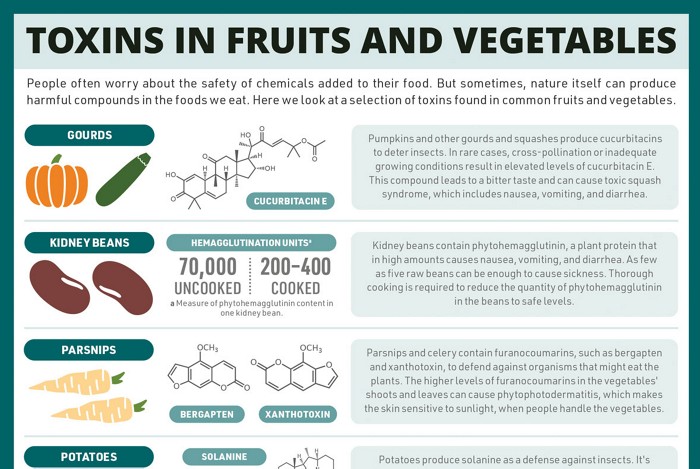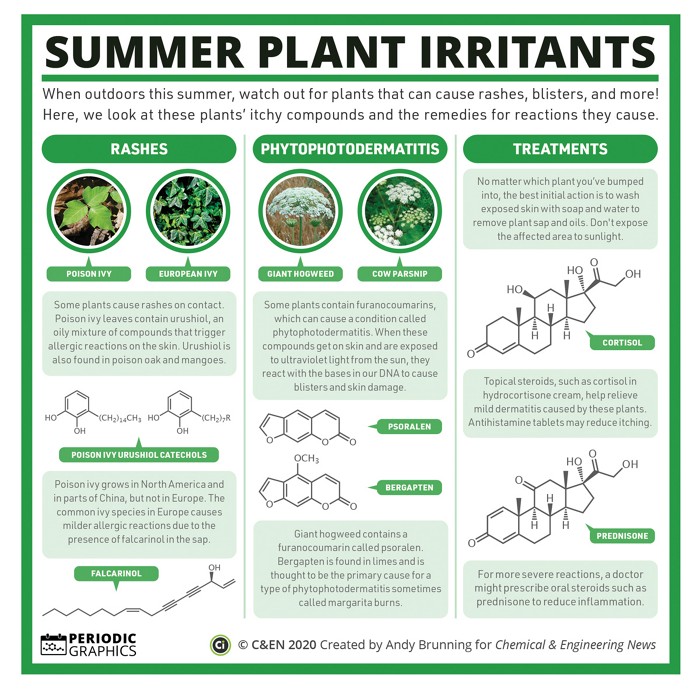Advertisement
Grab your lab coat. Let's get started
Welcome!
Welcome!
Create an account below to get 6 C&EN articles per month, receive newsletters and more - all free.
It seems this is your first time logging in online. Please enter the following information to continue.
As an ACS member you automatically get access to this site. All we need is few more details to create your reading experience.
Not you? Sign in with a different account.
Not you? Sign in with a different account.
ERROR 1
ERROR 1
ERROR 2
ERROR 2
ERROR 2
ERROR 2
ERROR 2
Password and Confirm password must match.
If you have an ACS member number, please enter it here so we can link this account to your membership. (optional)
ERROR 2
ACS values your privacy. By submitting your information, you are gaining access to C&EN and subscribing to our weekly newsletter. We use the information you provide to make your reading experience better, and we will never sell your data to third party members.
Natural Products
C&EN En Español
Infografias Periodicas: Estimulantes comunes provenientes de las plantas
El profesor de química y bloguero de Compound Interest Andy Brunning describe algunos estimulantes conocidos que producen las plantas y explica por qué los producen.
by Andy Brunning, special to C&EN
February 28, 2022
| A version of this story appeared in
Volume 100, Issue 8

Para descargar el pdf de este artículo: cenm.ag/estimulantes.
Referencias usadas para crear esta infografía:
Oliver-Bever, B. “Why Do Plants Produce Drugs? Which Is Their Function in the Plants?” Q. J. Crude Drug Res. (1970). DOI: 10.3109/13880207009066221.
Spinella, Marcello. The Psychopharmacology of Herbal Medicine: Plant Drugs That Alter Mind, Brain, and Behavior. Cambridge, MA: MIT Press, 2001.
Wiart, Christophe. “Plants Affecting the Central Nervous System.” In Ethnopharmacology of Medicinal Plants: Asia and the Pacific, 57–153. Totowa, NJ: Humana Press, 2006.
Para ver todas otro articulos de C&EN en español, visita cenm.ag/espanol.
La versión original (en inglés) del artículo está disponible aquí..





Join the conversation
Contact the reporter
Submit a Letter to the Editor for publication
Engage with us on Twitter